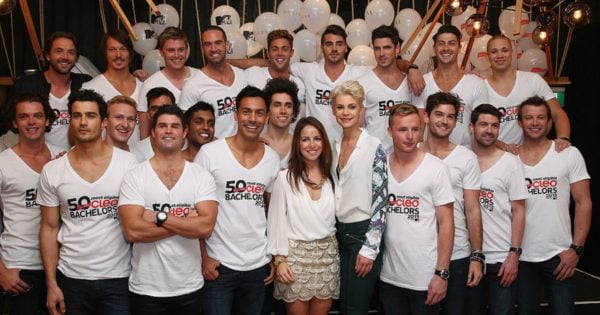One of my first tasks at Cleo magazine when I was a young writer was to help compile the magazine’s annual list of Australia’s 50 Most Eligible Bachelors. It was a hideous job, as you can imagine.
I was 22 and I had to help select, interview and shoot 50 hot single guys. Many of them were also rich or famous or both. Because that’s what made a man eligible and desirable back then.
In the 80s and the 90s, it was the perfect fit for Cleo magazine. The idea for the list had come originally from Lisa Wilkinson, my then boss and mentor, who had stared down Kerry Packer in the 80s when she took over Cleo and decided that the Centrefold was a bit…..old school. Cheesy.
Her predecessor, Ita Buttrose had launched Cleo magazine in the 70s with the centrefold as it's foundation and it was a genius idea. The idea of women ogling men was a uniquely feminist take at a time when the women's movement (or women's lib as it was called back then) was taking off.
How better to subvert the system than to make men take off their clothes - just as women had been doing for decades to titilate men.
But Lisa felt the centrefold was emblematic of a different time. It was the 80s and she was editing the magazine for a new generation. She came up with the idea of publishing an annual list of Australia's 50 Most Eligible Bachelors to replace the centrefold because she understood you couldn't just take something away to update your brand. You had to add something in its place.
Bachelors was the 80s version of the centrefold. And it was brilliant. The list became the most sought-after media property in Australia. Every single man wanted to be on it. Every single woman wanted to pore over it. It embodied a specific time in our recent history. Greed was good. Materialism and fame and fortune were intertwined in a glorious display of conspicuous consumption. At first, the men weren't photographed without their shirts but as the 80s became the 90s and then the 00s, the achievements of the men on the list took a back seat to their bodies.

